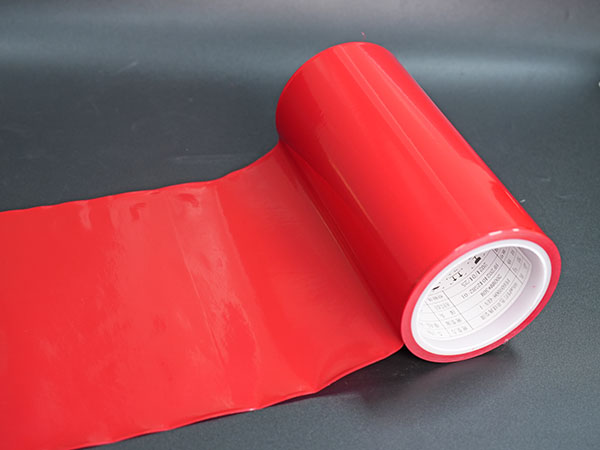4FAQ

The reverse release of the release film means that after the composite material is equipped with the release film in the production process, the release film has the reverse peel phenomenon during the use of the process. The main reasons for the reverse release are as follows:
1. Poor bonding. The lack of adhesion between the release film and the substrate or the presence of bubbles will cause the release film to fall off during use.
2. Improper release film selection. The release film selected does not meet the characteristics of the substrate or product requirements, which can lead to adverse effects.
3. Temperature influence. When used at high temperatures, the release film may lose adhesion, resulting in reverse peel of the release film.
The treatment method of the release film anti-release phenomenon is as follows:
1. Replace the release film. Consider replacing the appropriate release film and matching it with the substrate material. Select the appropriate temperature to use the release film.
2. Strengthen bonding. When the adhesion between the release film and the substrate is insufficient, the adhesion can be strengthened to improve, such as the use of a substrate that is conducive to bonding.
3. Adopt appropriate operation methods. In the process of use, it is necessary to take appropriate operating methods to avoid damage to the release film.
Although the phenomenon of anti-release membrane is common, it can be solved by preventive measures and appropriate treatment methods. Correct selection of release film, strengthening bonding and strict control of quality problems in the production process are effective methods to prevent reverse release phenomenon.
